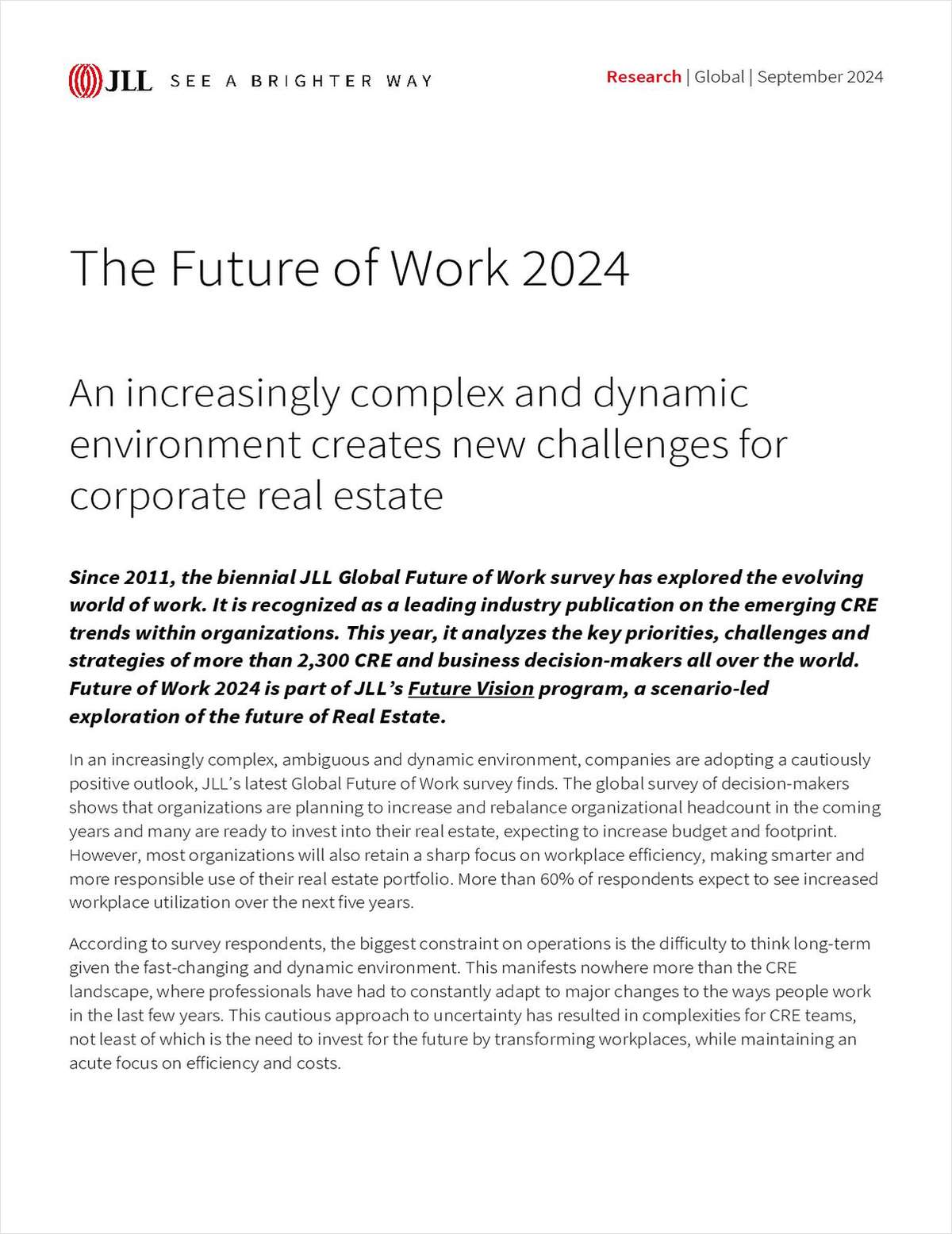Since WeWork said last summer that it was at risk for bankruptcy, and then actually filed for Chapter 11, a big question in CRE was what would happen to the landlords. Should they cave to the demands for lower leases? Was there any real choice? And what would their lenders say?
Negotiations got notably tense. And then? Things reached their current state, as described by the Wall Street Journal, which found that WeWork has managed to cut 16% of its long-term lease costs, or $3.7 billion, through lease rejections, which U.S. bankruptcy rules allow, or amendments.
"Our goal when we started this [lease restructuring] was to keep every building that we could, with de minimis exceptions, because we have great build-outs, we have great locations, and we have great members," said Peter Greenspan, WeWork's global head of real estate, told the Journal.
Want to continue reading?
Become a Free ALM Digital Reader.
Once you are an ALM Digital Member, you’ll receive:
- Breaking commercial real estate news and analysis, on-site and via our newsletters and custom alerts
- Educational webcasts, white papers, and ebooks from industry thought leaders
- Critical coverage of the property casualty insurance and financial advisory markets on our other ALM sites, PropertyCasualty360 and ThinkAdvisor
Already have an account? Sign In Now
*May exclude premium content© 2024 ALM Global, LLC, All Rights Reserved. Request academic re-use from www.copyright.com. All other uses, submit a request to [email protected]. For more information visit Asset & Logo Licensing.








